📏 Length:
-
1 Meter: The cord is 1 meter in length, which is suitable for shorter distances between devices, such as from a router to a computer or a switch to a modem.
🌐 Category 5 (Cat5):
-
Speed: Supports speeds of up to 100 Mbps (100BASE-TX Ethernet).
-
Frequency: Operates at a frequency of 100 MHz.
-
Use Case: While Cat5 cables are still widely used, they are somewhat outdated compared to Cat5e or Cat6 cables, which support higher speeds and frequencies. For basic home or office networking, Cat5 may still be sufficient.
🛠️ Construction:
-
Unshielded Twisted Pair (UTP): The cable typically consists of 4 twisted pairs of copper wires, which help reduce electromagnetic interference and maintain signal integrity over distances.
-
RJ45 Connectors: The ends of the patch cord are fitted with RJ45 connectors, the standard connectors for Ethernet cables.
🧑💻 Common Uses:
-
Networking: Used to connect devices such as computers, routers, modems, and network switches.
-
Home and Office Networks: Ideal for basic network connections like setting up a local network at home or office.
-
Gaming Consoles or Streaming Devices: Often used to connect devices like gaming consoles, smart TVs, or other media devices to your router for a more stable wired connection.
🎨 Blue Color:
-
Color-Coding: The blue color is primarily for aesthetic and organizational purposes. You’ll find blue cables in most networking setups, but the color doesn’t affect performance.
📊 Performance:
-
Speed: While Cat5 is slower than Cat5e and Cat6, it is still used in many basic applications, such as home or small office networks, where gigabit speeds are not critical.
-
Distance: For 100 Mbps Ethernet, the Cat5 cable can run up to 100 meters (328 feet) before signal degradation becomes an issue.
✅ Pros:
-
Affordable: Generally cheaper than newer categories like Cat5e, Cat6, or Cat6a.
-
Good for Basic Networking: Suitable for basic Ethernet connections and short to medium-distance networking needs.

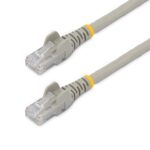
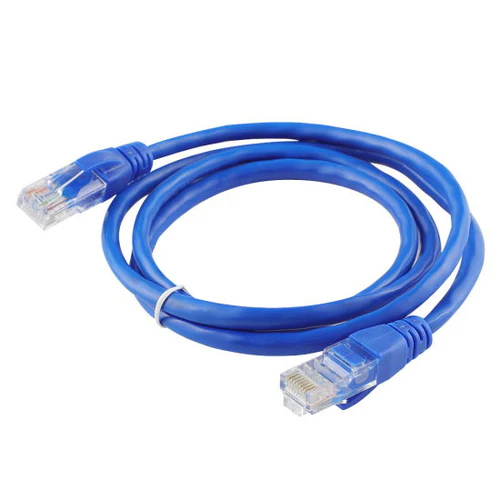
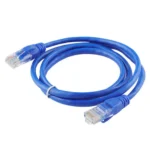
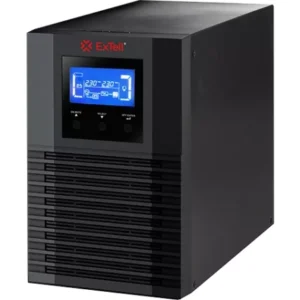
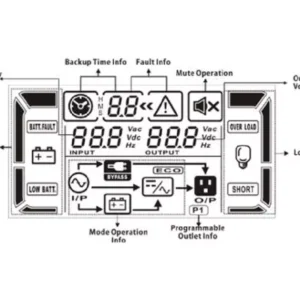

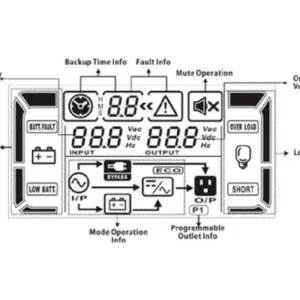


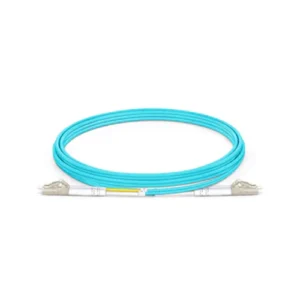
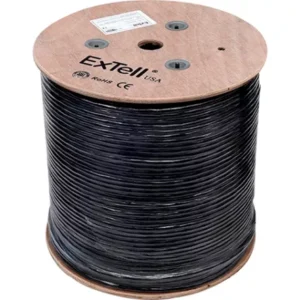

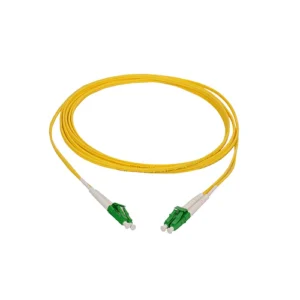

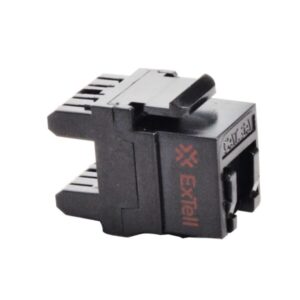

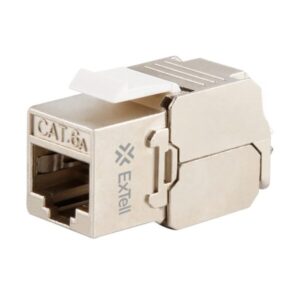
Reviews
There are no reviews yet.